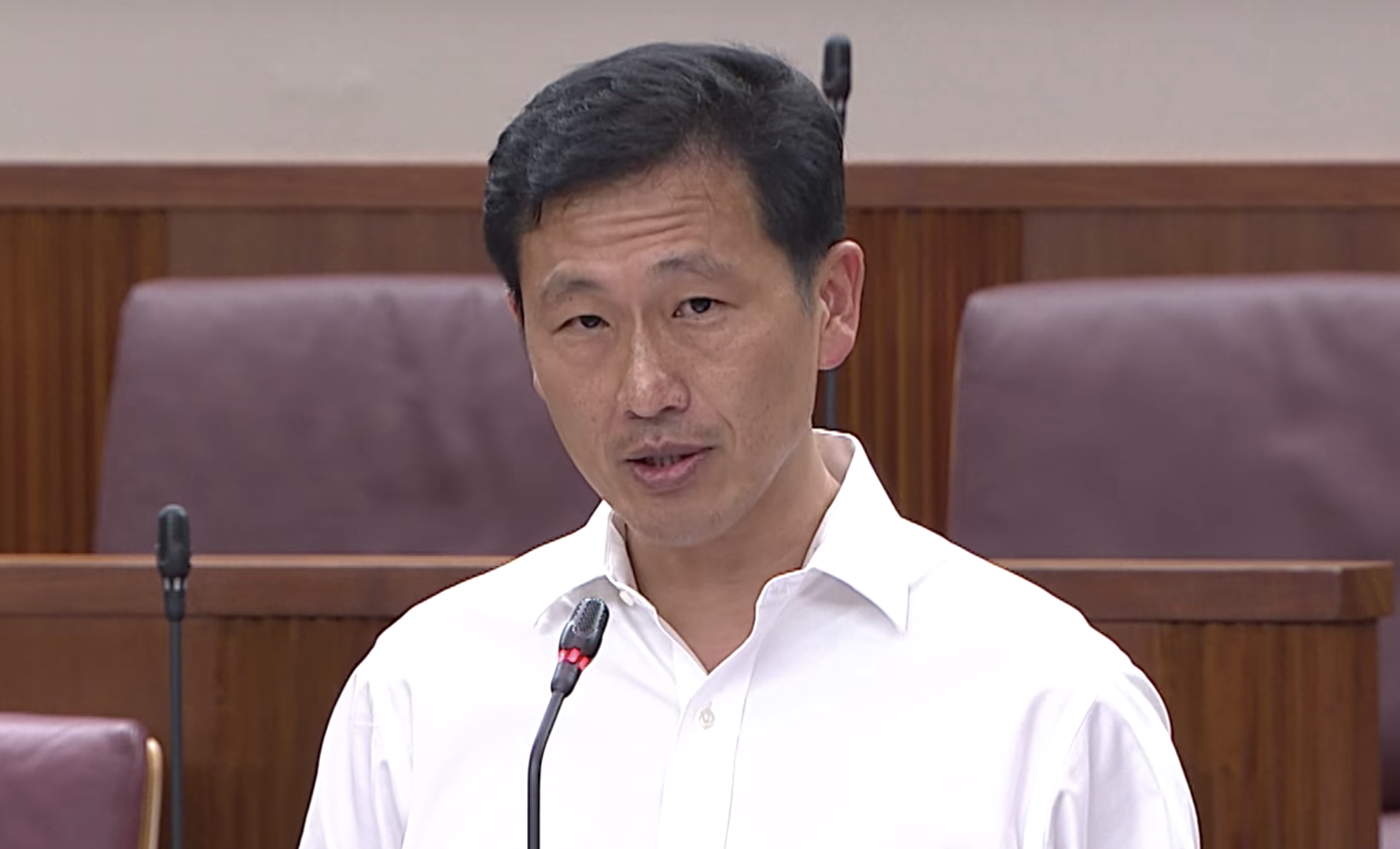Most post-graduate foreign students will no longer receive subsidies for higher education, while Permanent Resident (PR) post-graduate students will see those subsidies reduced.
This means that a total of S$25 million will be saved annually and will be channelled to fund shorter, industry-relevant courses for Singaporeans and PRs at the undergraduate and post-graduate levels.
Minister for Education (Higher Education and Skills) Ong Ye Kung announced this change in Parliament on March 5, during the Committee of Supply debates.
He said:
"As we step up support for SkillsFuture Series courses, we also reviewed the way we fund Postgraduate by Coursework programmes at our universities, namely Master’s by Coursework and Postgraduate Diplomas...
Given our limited budget, we need to do some re-allocation of resources."
Previously, international and PR students could apply for subsidies from MOE, in exchange for the obligation to work for a Singapore-based company for three years after graduation.
But things will change.
What's new?
If you're a foreign student intending to pursue a skills-based Master's in courses with industry relevance, such as Architecture, you won't qualify for subsidies any more. The previous subsidies stood at 50 per cent.
If you're a PR studying the same thing, you'll have your subsidy reduced, from 65 per cent to 50 per cent.
BUT, some of these skill-based courses at the Lee Kuan Yew School of Public Policy and the S. Rajaratnam School of International Studies are exempted. For example, the Master of Public Administration at LKYSPP.
Masters in research programmes and those that prep you for doctoral training are also exempted, no matter where you come from.
And if you're a Singaporean citizen, nothing has changed and your subsidised academic life goes on as usual. Enjoy your 75 per cent subsidy.
[related_story]
Deep impact
According to an MOE spokesperson, our autonomous universities offer about 300 Postgraduate by Coursework (PGC) programmes, and one-third of those are subsidised by MOE.
The affected courses currently enrol about 1,000 foreign students each year.
Diverting resources
So where will the money go?
According to the MOE, when contacted by Mothership:
"The savings will be channelled towards supporting an expected increase in government-funded industry-relevant modular courses that provide Singaporeans with more opportunities for reskilling and lifelong learning.
This is not limited to the SkillsFuture Series and micro-credential courses, and will include other modular courses, developed with reference to the Industry Transformation Maps. As announced in October 2017, government-funded modular courses are expected to expand five-fold by 2020."
These courses are aimed at ensuring that the local workforce has the necessary skills to adapt to the fast-changing needs of the global economy.
Ong also added in his speech that an additional $100 million will be pumped into the lifelong learning programmes by the institutes of higher learning over the next three years.
(Editor's note on Mar. 8: An MOE spokesperson informed us that the speech Minister Ong delivered in Parliament incorrectly said $100 million in additional funding would be channelled into these programmes every year till 2020. We have amended it accordingly.)
Diversity is good
Still, this doesn't mean that Singapore doesn't want any more foreign students.
According to a Parliamentary reply given by the MOE in Jul. 2017, it believes that while local students take priority, there are still good reasons why our universities should welcome foreign students:
"University places are planned first and foremost for Singaporeans, in line with the cohort participation rate target of 40% by 2020.
A small proportion of places are then provided for international students as they add diversity and vibrancy to the university, and enhance the educational experience for Singaporean students."
According to the same reply, in 2016, foreign students made up 10 per cent of the undergraduate intake, while PRs comprised five per cent.
This percentage rose when it came to the post-graduate level, with 32 per cent Singapore citizens, 63 per cent foreign students, and five per cent PRs.
Ong repeated this stance in his COS speech, saying that:
"Notwithstanding the reduction in subsidy for non-Singaporeans, we must continue to attract selected, deserving postgraduate international students that can make meaningful contributions to Singapore."
You can watch his speech in full below:
Top image from Gov.sg.
If you like what you read, follow us on Facebook, Instagram, Twitter and Telegram to get the latest updates.
